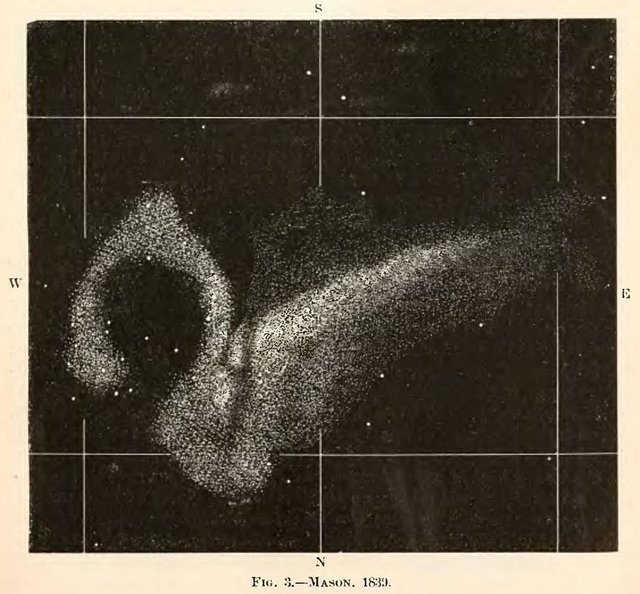Astronomical observations #17 : Omega Nebula (M17)
Welcome to the next part of my cycle dedicated to amateur astronomical observations. This time, I will present you another deep sky object, which is worth seeing by an amateur telescope. M17 its a beautiful nebula in Sagittarius constellation. Because of its shape, it is called the Swan Nebula by lovers of the night sky.
Messier 17 - photography with a long exposure time

Unfortunately, such a colorful swan as above won't be seen live, but still it is an object that makes a great impression on people who aren't in contact with the night sky. Recently, I've described the Eagle Nebula to you. Just a little over 2 degrees to the south, also in the constellation of Sagittarius, there is the Omega Nebula. It was discovered by the Swiss astronomer Jean Philippe de Chéseaux in 1745. This object has dimensions of 20 X 15 arc minutes in the sky, in other words, it is equal to more than half of the Moon in the sky. The brightness of the nebula is +7 magnitude, that's why it can be seen with the naked eye under a tarry dark sky. However, in order to have no doubts whether we can see this object, the use of 7 X 50 binoculars will probably dispel them. However, the use of even a small telescope will allow us to see the shape of the so-called Swan. The nebula has fairly sharp edges, which is why it cuts well off the background even in a medium-quality sky.
An astronomical sketch of the M17 view in an amateur telescope

The sketch above shows an overview view of The Omega Nebula under a good sky in the popular 8-inch diameter telescope. M17 is located about 5,000 light-years from Earth and occupies a space about width 15 light-years. Its mass is estimated at about 800 times the mass of the Sun. Omega isn't an emission nebula, the gas in the nebula is backlit by a hot star in its interior with a magnitude of +11 magnitude. It is visible in larger instruments. I encourage you to look for M17 in summer in the southern sky in the northern hemisphere.
Greetings to lovers of Astronomy!
References:

One of my favorite astronomical objects @astromaniac. I once had the privilege of seeing the "Swan Nebula" at the zenith with a 32"/ 81cm telescope and it was awesome - although no color.
It must have been amazing. For me, the view of this nebula in 12'' telescope is already great. And for me it is low over the southern horizon.
This post has been voted on by the SteemSTEM curation team and voting trail.
If you appreciate the work we are doing then consider voting us for witness by selecting stem.witness!
For additional information please join us on the SteemSTEM discord and to get to know the rest of the community!